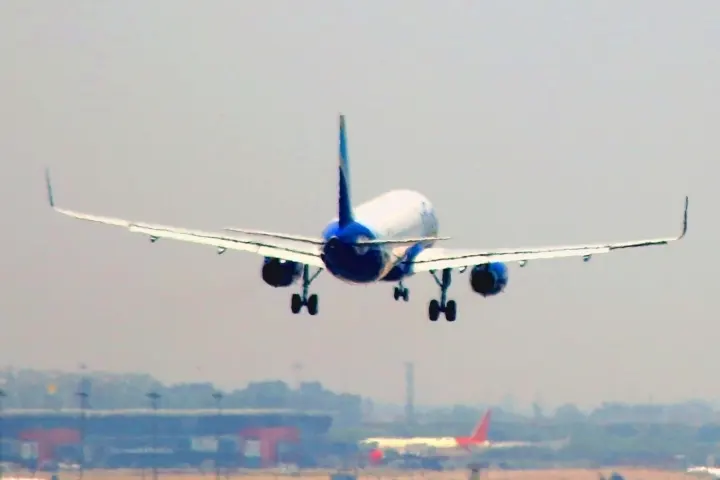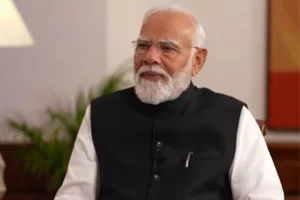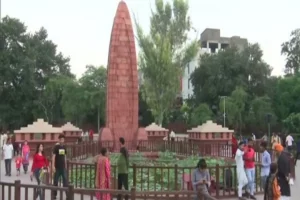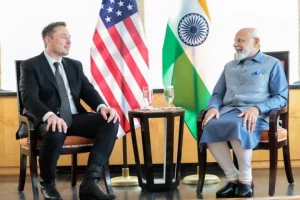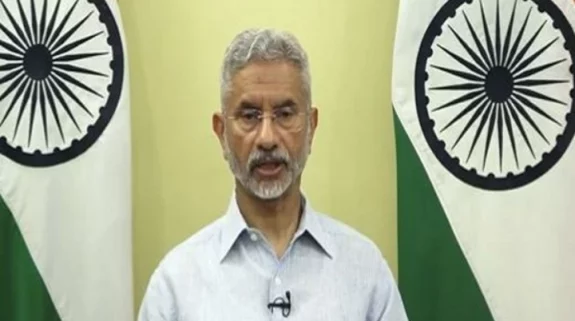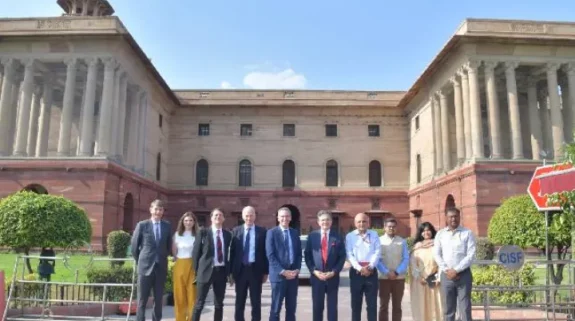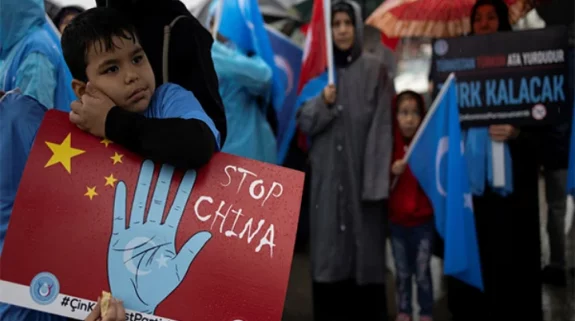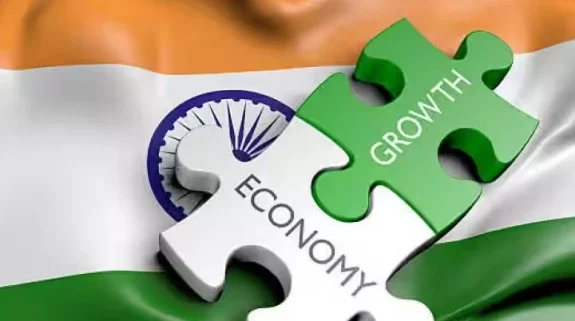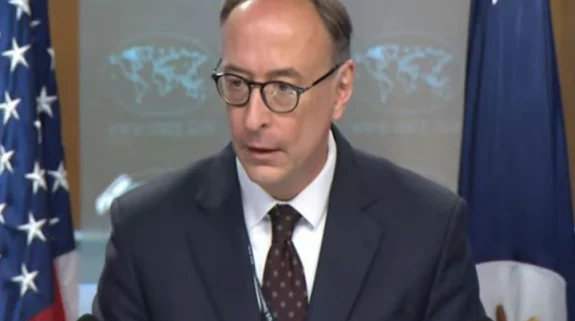Exactly 112 years ago, the first official “airmail” flight had taken off in India. It was a 10 km flight which flew over Prayagraj. For years, air travel in India was restricted to the elite despite attempts by several airlines including private sector players to lure the growing middle class. But as India enters the “Amrit Kaal,” the civil aviation sector is set to soar higher, said G Kishan Reddy, Union Minister of Tourism, Culture and DoNER.
Today India is the third largest domestic civil aviation market in the world after China and the US. According to data, domestic passengers in India more than doubled from 60 million in 2014 to 143 million in 2020 prior to Covid-19. The country has more than 147 operational airports. It was a mere 74 eight years ago.
According to data website Statista, passenger traffic in India amounted to over 188 million at airports across India in the financial year 2022, out of which over 22 million were international passengers.
With the Narendra Modi government’s UDAN scheme launched in 2016, the Centre for the first time announced a National Civil Aviation Policy with the aim to empower every citizen of the country to be able to fly. Prime Minister Shri Narendra Modi said, “One of the hallmarks of a poor person in our country is that he wears slippers.”
The first flight under UDAN– ‘Ude Desh Ka Aam Naagrik’ from Shimla to Delhi, was flagged off by Modi himself.
Since then more than 1.14 crore passengers have travelled in more than 2.16 lakh UDAN flights and Rs 2,300 crore has been paid to selected airlines by the government as a part of the viability gap funding.
UDAN operates on as many as 475 routes involving 73 airports including nine heliports and two water aerodromes. In these, about 75 routes, that is more than 15 per cent connect the with Northeast region of the country “where terrain and other challenges require a robust air network,” Reddy added.
That apart as part of the Vande Bharat Mission India operated air bubbles to facilitate the travel of 1.83 crore passengers during the various Covid-19 waves. “Further, Operation Ganga rescued 22,500 Indian students from Ukraine at the peak of the Russia-Ukraine conflict,” Reddy noted.
At present, Indian flight operators have a fleet size of approximately 750 aircraft constituting less than 3 per cent of the global fleet size of approximately 27,500 aircraft. As flight operations in India continue to grow, the fleet size is expected to increase rapidly.
Exactly 112 years ago, the first official “airmail” flight had taken off in India. It was a 10 km flight which flew over Prayagraj. For years, air travel in India was restricted to the elite despite attempts by several airlines including private sector players to lure the growing middle class. But as India enters the “Amrit Kaal,” the civil aviation sector is set to soar higher, said G Kishan Reddy, Union Minister of Tourism, Culture and DoNER.
Today India is the third largest domestic civil aviation market in the world after China and the US. According to data, domestic passengers in India more than doubled from 60 million in 2014 to 143 million in 2020 prior to Covid-19. The country has more than 147 operational airports. It was a mere 74 eight years ago.
According to data website Statista, passenger traffic in India amounted to over 188 million at airports across India in the financial year 2022, out of which over 22 million were international passengers.
With the Narendra Modi government’s UDAN scheme launched in 2016, the Centre for the first time announced a National Civil Aviation Policy with the aim to empower every citizen of the country to be able to fly. Prime Minister Shri Narendra Modi said, “One of the hallmarks of a poor person in our country is that he wears slippers.”
The first flight under UDAN– ‘Ude Desh Ka Aam Naagrik’ from Shimla to Delhi, was flagged off by Modi himself.
Since then more than 1.14 crore passengers have travelled in more than 2.16 lakh UDAN flights and Rs 2,300 crore has been paid to selected airlines by the government as a part of the viability gap funding.
UDAN operates on as many as 475 routes involving 73 airports including nine heliports and two water aerodromes. In these, about 75 routes, that is more than 15 per cent connect the with Northeast region of the country “where terrain and other challenges require a robust air network,” Reddy added.
That apart as part of the Vande Bharat Mission India operated air bubbles to facilitate the travel of 1.83 crore passengers during the various Covid-19 waves. “Further, Operation Ganga rescued 22,500 Indian students from Ukraine at the peak of the Russia-Ukraine conflict,” Reddy noted.
At present, Indian flight operators have a fleet size of approximately 750 aircraft constituting less than 3 per cent of the global fleet size of approximately 27,500 aircraft. As flight operations in India continue to grow, the fleet size is expected to increase rapidly.
Also read: Bhubaneswar-Jamshedpur-Kolkata daily flight starts under cheap fare Udan scheme






